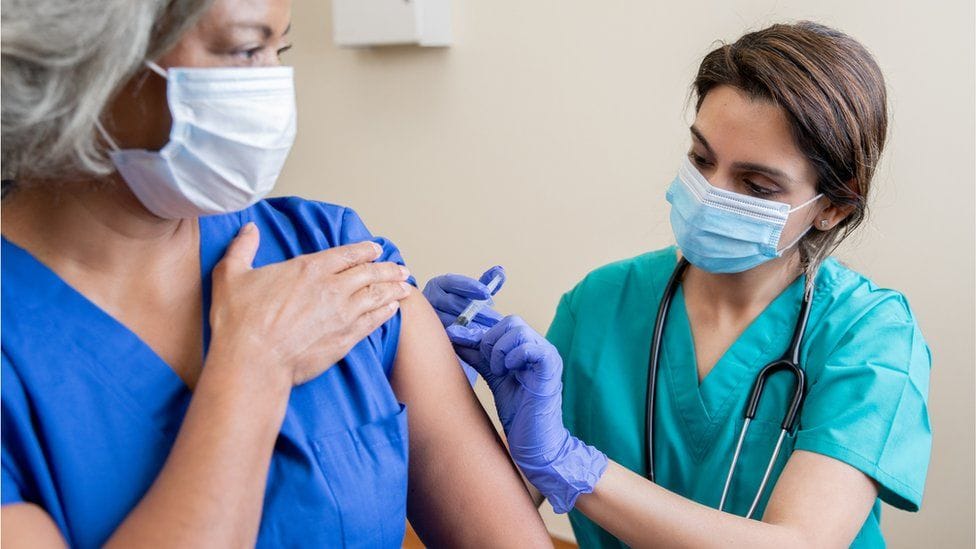The United States is currently grappling with a concerning outbreak of measles, as reported by the Centers for Disease Control and Prevention (CDC). The recent statistics reveal that there have been over 1001 confirmed cases of the virus this year alone. This alarming figure is compounded by the fact that there are active outbreaks in 11 states, highlighting a significant public health challenge. The resurgence of this highly contagious disease has raised alarm bells among health officials and communities alike, prompting urgent calls for increased vaccination efforts.
Measles, a viral infection known for its high transmissibility, can lead to severe health complications, particularly in young children and individuals with compromised immune systems. This year’s outbreak starkly contrasts the historical trends observed in the United States, where measles was declared eliminated in 2000 due to widespread vaccination initiatives. However, growing vaccine hesitancy and misinformation have contributed to the uptick in cases, creating pockets of unvaccinated populations that are vulnerable to outbreaks.
The CDC has identified several states experiencing active measles outbreaks, including California, Texas, New York, and Washington, among others. Each state has reported varying numbers of cases, indicating that the virus is spreading in different regions with alarming speed. This situation underscores the interconnectedness of communities and the ease with which measles can spread, especially in areas with low vaccination rates.
One of the critical factors contributing to this resurgence is vaccine hesitancy, which has been fueled by misinformation circulating on social media and other platforms. Many parents are increasingly questioning the necessity and safety of vaccines, despite extensive research and expert consensus affirming their efficacy. The measles, mumps, and rubella (MMR) vaccine, in particular, has faced scrutiny, leading to declines in vaccination coverage in certain communities. Public health experts stress that this hesitancy poses a significant risk not only to unvaccinated individuals but also to the broader community, as high vaccination coverage is essential to achieving herd immunity.
Herd immunity is achieved when a sufficient percentage of the population is immunized, thereby protecting those who are unable to receive vaccines for medical reasons. For measles, it is estimated that about 95% of the population must be vaccinated to effectively curb transmission of the virus. With vaccination rates dropping in certain areas, the threshold for herd immunity is not being met, increasing the likelihood of outbreaks like the current situation.
Public health officials emphasize the need for renewed vaccination campaigns aimed at educating communities about the importance of immunization against measles. Initiatives that include outreach programs, community engagement, and partnerships with local organizations are crucial in addressing vaccine hesitancy. Health professionals are advocating for parents to consult with trusted medical advisors to dispel misinformation and understand the benefits of vaccination. Programs highlighting personal stories from families affected by measles and the consequences of the disease can also play a vital role in shifting perceptions.
In addition to educational efforts, policymakers are exploring legislative measures that may improve vaccination rates. Some states have implemented stricter school immunization requirements, eliminating non-medical exemptions for vaccinations. These policies aim to increase coverage among school-aged children, where significant transmission often occurs. However, such measures can be contentious and face opposition from individuals who believe in personal autonomy over health decisions. Thus, effective communication and collaboration between public health officials and the community are essential in navigating these challenges.
As the outbreak continues, healthcare providers and public health departments are on high alert, closely monitoring the situation and implementing response strategies. Testing and reporting of suspected measles cases have been prioritized, ensuring that outbreaks are identified quickly to mitigate further transmission. Quarantine measures are also being enforced for individuals who are suspected of exposure or are showing symptoms, minimizing the risk of additional cases.
The current outbreak serves as a reminder of the importance of maintaining high vaccination coverage and being vigilant against preventable diseases. It highlights the delicate balance that public health professionals must strike between personal freedom and community health. With coordinated efforts and effective communication strategies, it is possible to combat the misinformation around vaccines and reinforce the necessity of vaccination in protecting both individual and public health.
In conclusion, the resurgence of measles in the United States, with more than 1001 cases reported across 11 states, underscores a significant public health concern that demands immediate attention. Addressing vaccine hesitancy, reinforcing public health policies, and promoting educational campaigns are critical steps in curbing this outbreak and preventing future ones. As communities work together to combat this preventable disease, it is essential to prioritize health education and vaccination to ensure a healthier future for all.



